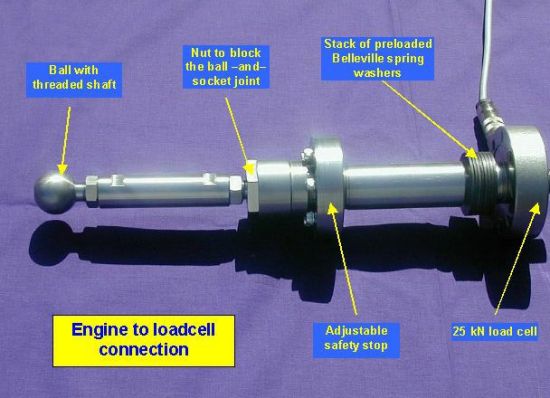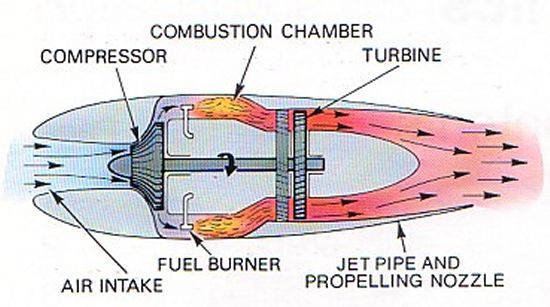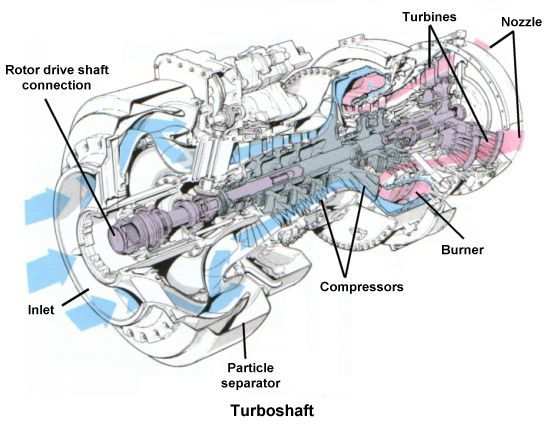|
||||||||||
|
|
||||||||||
|
||||||||||
|
|
||||||||||
where
Based on the above equation, the power you and your friend generated to perform that work was 60 foot-pounds per second or 80 newton-meters per second. In the Metric system, the unit of a watt (W) is defined as a newton-meter per second, so the power it took to move the desk is 80 W or 0.08 kW. The English system equivalent of a watt is horsepower, and 1 hp is defined as being equal to 550 ft-lb/s. In other words, our 60 ft-lb/s is equivalent to 0.11 hp. In this case and this case only, we can say that a force of 180 lb converts to 0.11 hp. As we have seen, however, that conversion depends on the variables distance and time. If you and your friend used the same force to move the desk the same distance but it took only 15 seconds, the power would double to 0.22 hp (0.16 kW).
We can also think of this equation in two slightly different ways. Some readers may recognize that the force multiplied by distance represents another quantity called torque (T), so we can say power is equivalent to the torque a system generates over time.
Others may recognize the term distance over time as the definition of velocity (v), so we can also say that power is equivalent to the force it takes to move an object at a constant speed.
It is these two forms of the power equation that are most applicable to aviation. For example, one of the common types of question we receive asks how to convert the pounds of thrust generated by the jet engine(s) on a particular plane into horsepower. The first factor we must consider is that the thrust figures provided for most planes are in "static" units. Consider for a moment the Boeing 747-200 with its Pratt & Whitney JT9D turbofans. These four engines generate a total static force rating of 219,000 lb (973 kN). However, this force is measured by placing the engine on a device called a test stand.

A simple propulsion test stand is conceptually no different than standing on a bathroom scale and measuring how much you weigh, or how much force you exert standing on the surface of the Earth. The stand is fixed to the ground and an engine is strapped onto it. When turned on, the engine pushes against a scale (or load cell) that measures how much force the engine produces. Since the engine doesn't actually move but is rigidly held in place, we say that the force measured by the stand is in static pounds, or newtons, of force.
How much power does the 747's Pratt & Whitney engine produce? As we discussed earlier, a static engine does no work no matter how much thrust it produces because it results in no motion. We must instead focus our attention on a plane that is in motion. For example, our 747 typically cruises around 600 mph (970 km/h). However, we are faced with a new problem because the plane does not necessarily need every bit of its static thrust to fly at that speed. In fact, static thrust is really an ideal maximum amount of thrust that an engine can produce in a test environment. As discussed in a previous question about thrust ratings, any jet engine will produce less thrust in actual use than the static value.
Furthermore, aircraft are equipped with throttles that allow a pilot to adjust the amount of thrust an engine produces. A good example is the SR-71 Blackbird equipped with Pratt & Whitney J58 turboramjets that produced a combined static thrust of 65,000 lb (289 kN). Even though the Blackbird could reach speeds in excess of Mach 3, however, it actually needed very little of this thrust in cruise flight. Most of the thrust was required to accelerate through the speed of sound, but once at Mach 3, the SR-71 engines were throttled back to only 30% or so.
The conclusion of this explanation is that in order to determine the power a jet creates in flight, we need to know the exact amount of thrust necessary to fly at a particular speed. We typically know the static thrust rating of an engine or the airspeed of a plane during flight, but the problem is that we usually don't know the amount of thrust that corresponds to a particular speed at a specific point in time. It is because of this disconnect that it is so difficult to calculate the power generated by the engines on a particular plane.
Luckily, we do have access to data from a NASA report that does provide all the data we need to illustrate a sample case. The data is provided for a Boeing 747-200 cruising at Mach 0.9 at 40,000 ft (12,190 m). In this example, the aircraft's engines produce 55,145 lb (245,295 N) of thrust, only a quarter of its rated static thrust, to cruise at a velocity of 871 ft/s (265 m/s). Using the equations provided above, we calculate the power generated by the 747 to be 87,325 hp (65,100 kW).
The NASA data also includes a few other planes, so let's compare the power generated by the subsonic 747 airliner to a supersonic fighter like the F-4 Phantom II. In this example, the F-4 cruises at Mach 1.8 at 55,000 ft (16,765 m). The aircraft's two turbojet engines produce 11,560 lb (51,430 N) of thrust at its cruise speed of 1,742 ft/s (531 m/s). This combination of force and speed equates to a power of 36,620 hp (27,310 kW).
These examples illustrate how cumbersome it is to convert between thrust and power. However, you may be wondering why jet engines or rocket engines are rated in units of thrust but propeller-driven engines are rated in units of power. For example, the F119 turbofans used on the F-22 are rated at 35,000 lb (310 kN) of thrust each and one of the main liquid rocket engines of the Space Shuttle produces 418,000 lb (1,860 kN) at lift off. Meanwhile, a turboprop engine of a C-130 is rated at 4,508 hp (3,362 kW) and the piston engine of a Cessna 172 generates 180 hp (135 kW) of power. Why the distinction?

The answer relates to the fundamental way in which each of these engines works. Turbojet, turbofan, and rocket engines all work by directly accelerating a fluid to produce a thrust force, so it is most straightforward to rate these engines in terms of the size of that force. A piston engine, turboprop, or turboshaft is designed to perform mechanical work that turns a shaft. In other words, the engine creates a torque, and we saw earlier that one of the forms of the power equation relates power to the amount of torque created over time. The shaft that such an engine turns is connected to a propeller, which is an aerodynamic device that converts that power into thrust. The engine itself doesn't produce the thrust, but it turns a propeller that does. Also, two engines that generate the same power may not necessarily result in the same thrust since one may use a more efficient propeller than the other. For these reasons, it is more logical to rate these kinds of engines in terms of the power they create since that is the most direct quantity they produce.

Based on what we have seen, you ought to have a better appreciation for why it is preferable to compare jet engines
in terms of thrust rather than power and propeller-driven engines in terms of power rather than thrust. While
the opposite can be done, the process of converting between power and thrust requires us to know or assume
additional information that is usually difficult or awkward to estimate.
- answer by Joe Yoon, 26 September 2004
Read More Articles:


|
Aircraft | Design | Ask Us | Shop | Search |

|
|
| About Us | Contact Us | Copyright © 1997-2023 | |||
|
|
|||